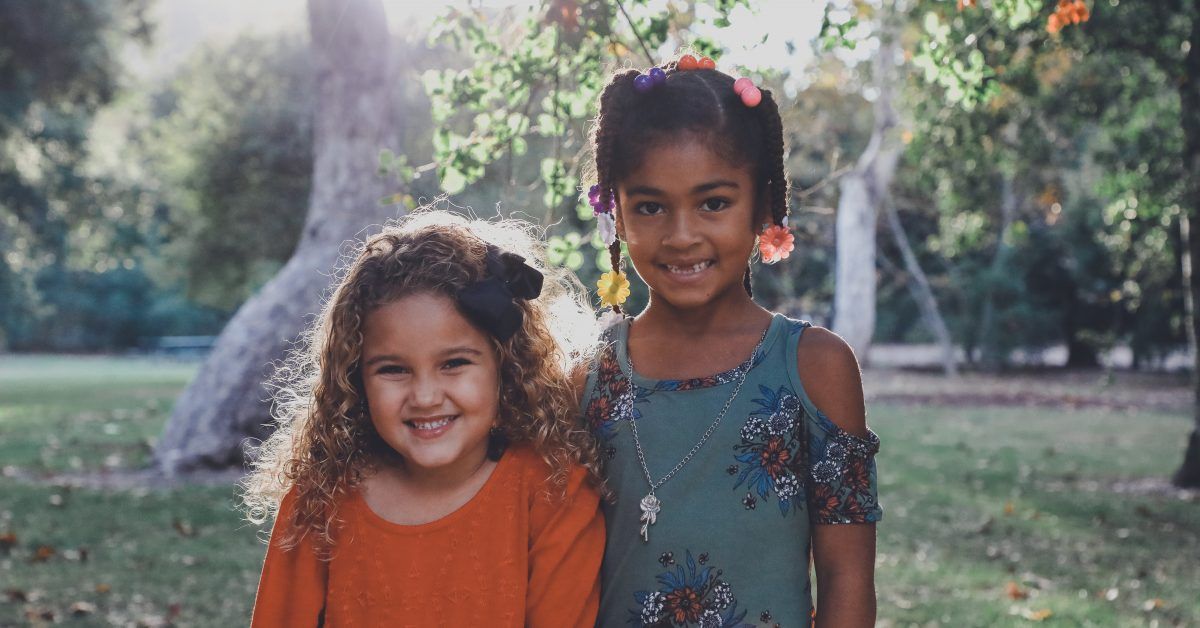When you adopt a child, you do so out of unconditional love and an overwhelming desire to parent a child. You, like many parents, may have no issue with a child who is a different race or comes from a different culture than your family. However, as the child ages, along with adoption identity challenges, your child may face some additional barriers and identity challenges in transracial or transcultural adoptions. In today’s post, we’ll discuss some of the most common adoption issues you may face in a transracial adoption and how you can mitigate them.
BLOG

Tackling Transracial Adoption Issues
Racism in the Adoptive Family
While you and your spouse may not be overtly racist, harboring unintentional bias or refusing to acknowledge your adopted child’s birth culture or race, essentially forcing appropriation and adaptation, you are inadvertently racist. Additionally, even though you are not racist, when you have or adopt a child, your entire family becomes their family and you need to identify any racism or ignorance within your extended family and support network.
To help overcome this challenge, it is important to recognize that race does matter. You can look inward into your own values and biases to reduce potential problems, educate yourself about the needs of your transracial child, and ensure they will not face any discrimination within their own family.
Struggles With Racial Identity
Those children who grow up with parents of a different race often feel caught in the middle, as though they are not enough of either one. For instance, a Black child adopted into an Asian family will often feel as though they are not “Black” enough or “Asian” enough. While they are raised in an Asian household, with Asian cultural practices and may identify as being Asian, the Asian community continues to remind them that they are Black. On the other side, the Black community will remind them that they do not share the same culture or background as other Black children and will remind them that they are Asian.
While there is little you can do about this in terms of others’ beliefs and perceptions, you can help reduce identity struggles by exposing your transcultural child to their birth culture and make attempts to incorporate elements from their culture into your family traditions. Ensure that your child has access to people of their birth culture to learn from. Increasing diversity in your own social circle is a great start.
Tips to Reducing Challenges When Adopting a Transracial Child
If you are a parent to a transracial adoptive child, there are some things you can do to help reduce challenges that include:
- Encourage cultural exploration and seek out ways to expose yourself and your child to their birth culture.
- Join adoption support groups to discuss challenges and discover solutions that other families have had success with.
- Participate in early counseling, both individual and family settings.
- Create a safe environment for your child to ask questions and seek answers.
- Remove any barriers or discrimination prior to adopting your transracial child.
- Expand diversity in your social group and network.
- Partner with an experienced adoption agency.
Successful Transracial Adoptions With the Right Support
At AIM Adoptions, we have decades worth of experience working with adoptive families and birth parents of all races and are well versed on facilitating successful interracial and transcultural adoptions. We adopt biracial and transracial children to interracial and transracial adoptive families and have resources to help reduce challenges and support all parties. Connect with us today to learn more and discover your child today.

